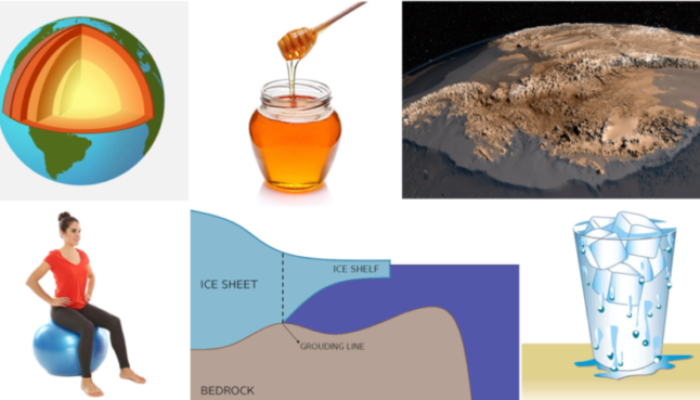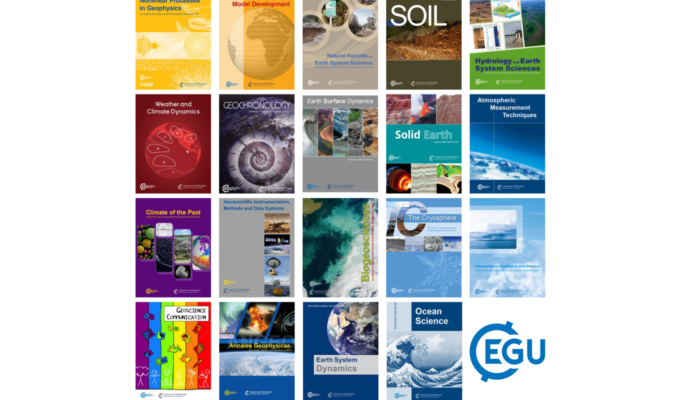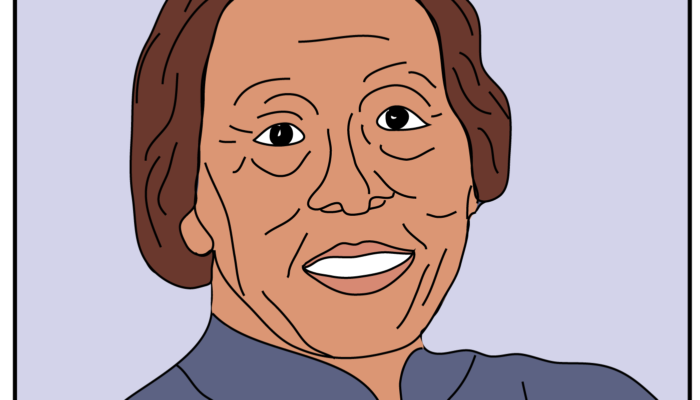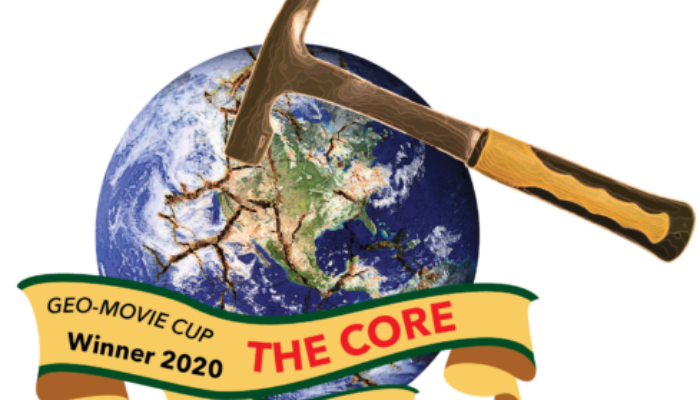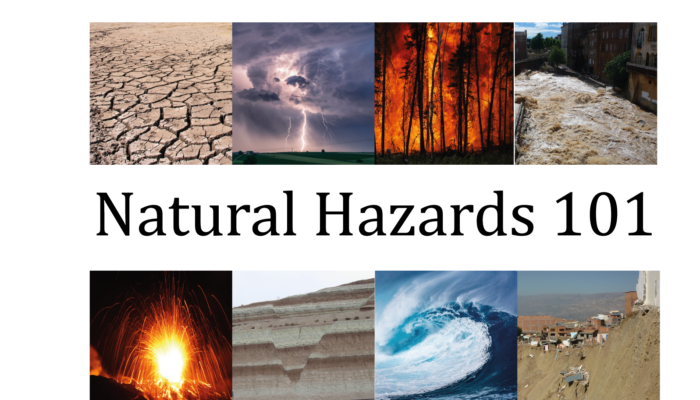There is a place in the NE of Mexico where anyone can learn heaps about the dynamics of the ground beneath our feet while enjoying the wonders of the desert. Geologists call the area ‘La Popa Basin’. La Popa means “The Bow”, a name that comes from the shape of one of the mountains in this area, which resembles the front part of a very large boat. This place is a perfect training field for ge ...[Read More]
GeoLog
Imaggeo On Monday: Crete- Diplono Petris (Διπλόνο Πέτρις)
Diplono Petris near Agios Pavlos in the south of Crete island is one of Europe’s most impressive folded rock formations. The rock strata document an alternation of different limestone layers in the pindos top of the Cretan ceiling pile. These sediments, once deposited in a deeper ocean basin of the Pindos Ocean, were deformed in the course of Alpine fold tectonics, triggered by the Northern ...[Read More]
Cryospheric Sciences
How do the ups and downs of the solid Earth influence the future of the West Antarctic ice sheet?
When the Antarctic ice sheet loses mass, the pressure it exerts on the underlying solid Earth decreases. As the ice sheet becomes less heavy, the Earth’s surface is not pressed down as much as before and therefore slowly rises up. In some regions, this rebound process is much faster than previously thought and could stabilise areas of unstable ice retreat. How come? Keep reading to figure it out… ...[Read More]
GeoLog
Geosciences Column: Spatial seismic hazard in western Indonesia – a new, adaptive, approach
A Natural Hazards Earth System Sciences (NHESS) paper proposes a new sampling method for reducing uncertainty in geographical location in seismic hazard risk analysis, with implications for the insurance industry and risk communication in general. Globally, rapid urbanisation is increasing the risk of exposure of human populations and infrastructure to natural hazards, including earthquakes ...[Read More]
GeoLog
GeoRoundup: the highlights of EGU Journals published during October!
Each month we feature specific Divisions of EGU and during the monthly GeoRoundup we will be putting the journals that publish science from those Divisions at the top of the Highlights roundup. For October, the Divisions we are featuring are: Natural Hazards (NH), Hydrological Sciences (HS) and Seismology (SM). They are served by the journals: Geoscientific Model Development (GMD), Hydrology and E ...[Read More]
Geodynamics
What can we learn from geodynamic failure?
In this week’s post, Mohamed Gouiza discusses the challenges of living under constant stress, paralysed by the possibility of failure and self-perceived inevitability of impending breakup. Continental rifting, of course! Oh… did you think I was talking about life as a researcher? Under tensile stress, the lithosphere stretches, the asthenosphere rises, the crust fails, and rifts form. During this ...[Read More]
Tectonics and Structural Geology
Chi Jishang (1917-1994): the diamond hunter who shaped her own future
Chi Jishang was born on the 25th of June 1917 in the Anlu County in the Province of Hubei, central China, but she moved to Beijing when she was four years old. Because her family was poor and she had three older siblings, her parents did not allow her and her younger sibling to go to school at the age that they should go to school. As a child, Chi was bright and very curious. She would ask her sch ...[Read More]
GeoLog
Imaggeo On Monday: Reflections in floodwater
This picture shows several trees and the sky reflecting in floodwater during an event that occured in February 2019 in front of the famous Postojna cave (Slovenia). In Slovenian karst areas, floods are considered as a very common natural phenomenon that can occur several times per year. While most of them are not harmful for local people, the most severe events cause considerable damages and might ...[Read More]
Seismology
The HAMMER (AKA: The Best of the Worst)
Back in the day when my group organised the yearly retreat, we would also plan for a movie night. Usually, we would not get far because a heated discussion would break out about the quality of the movie: “…but this is a terrible movie!”, my colleagues would scream in agony and despair. In my opinion, that was exactly the point! The movies are so bad they passed the threshold of badness and e ...[Read More]
Natural Hazards
Natural Hazards 101: The disaster cycle
With the Natural Hazards 101 series, we meant to bring our readers closer to the terminology often used in the field of natural hazards, but that may not be so familiar. We started defining the very concept of hazard and natural hazard. We moved then to the concept of risk, which brought us to define exposure and vulnerability. In this episode, we will digest the disaster terminology provided by ...[Read More]



